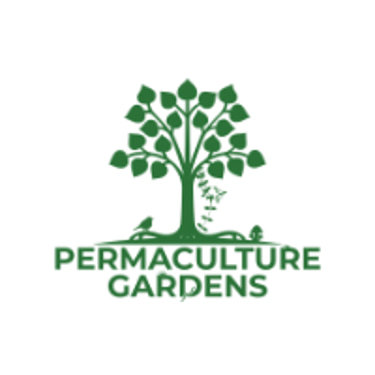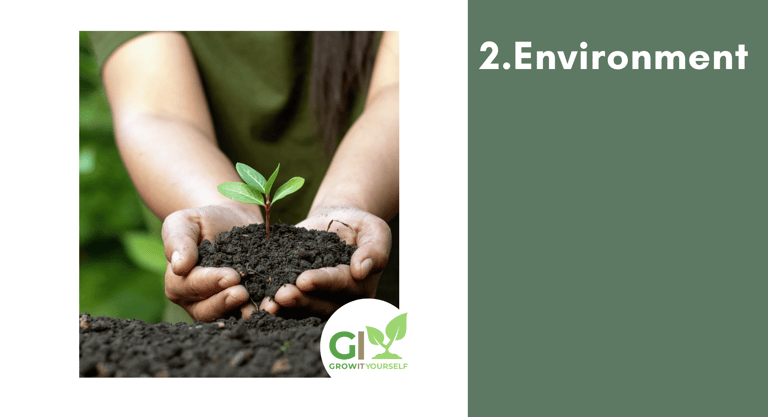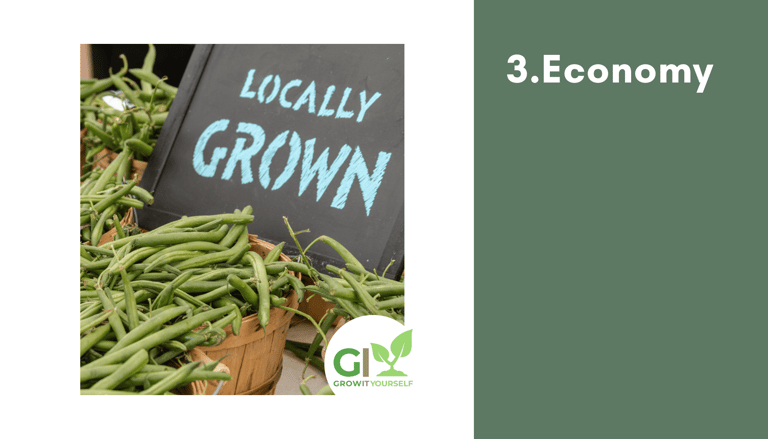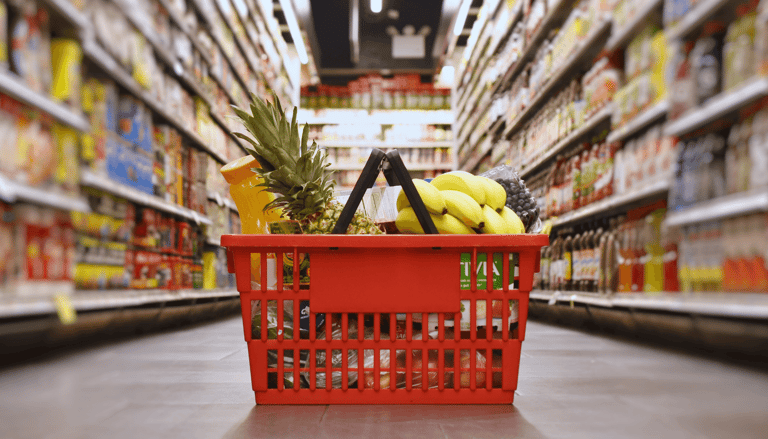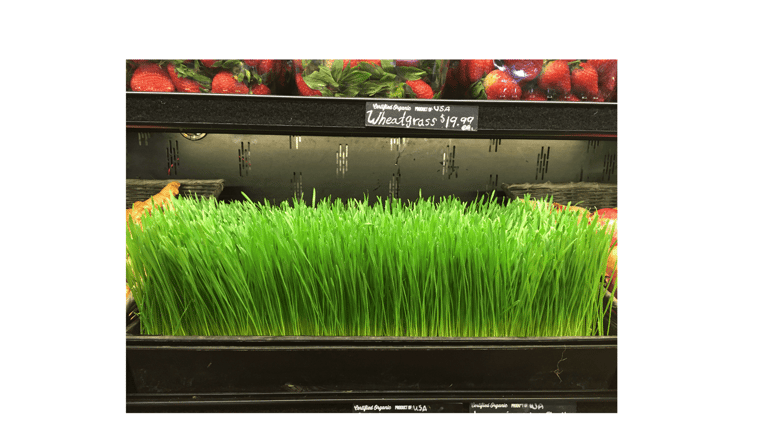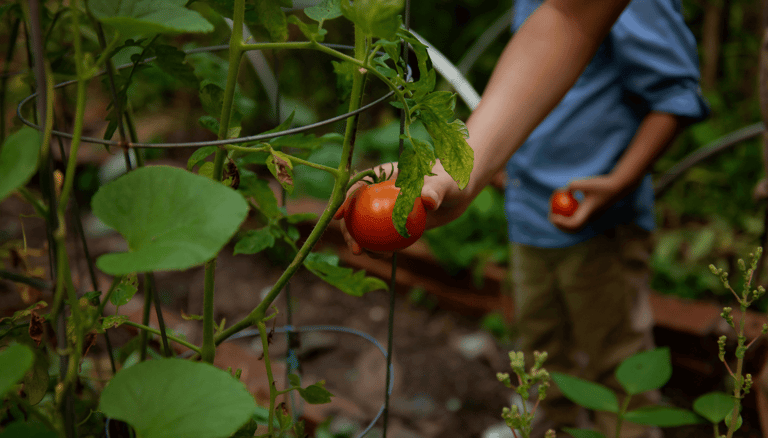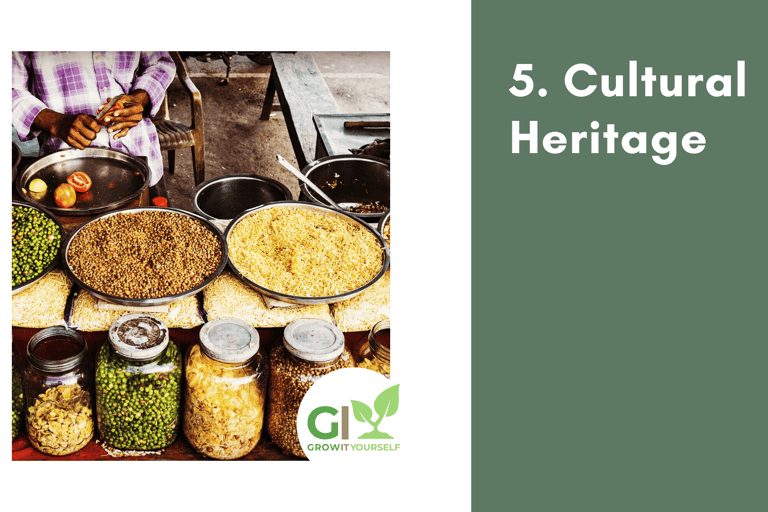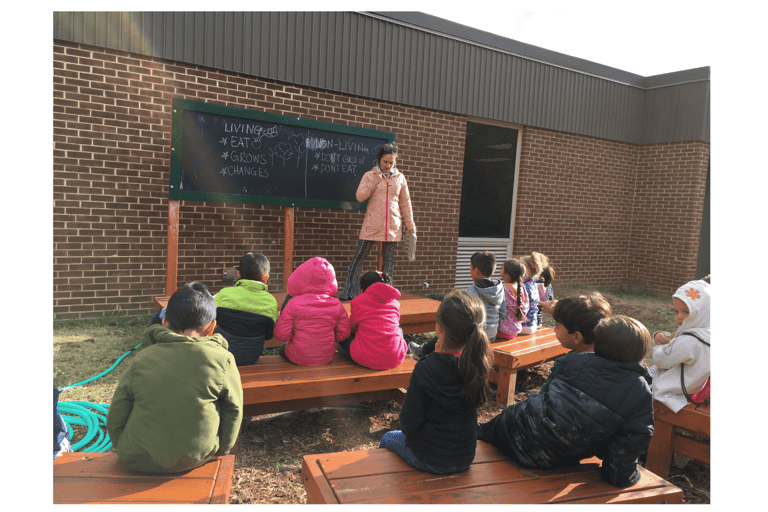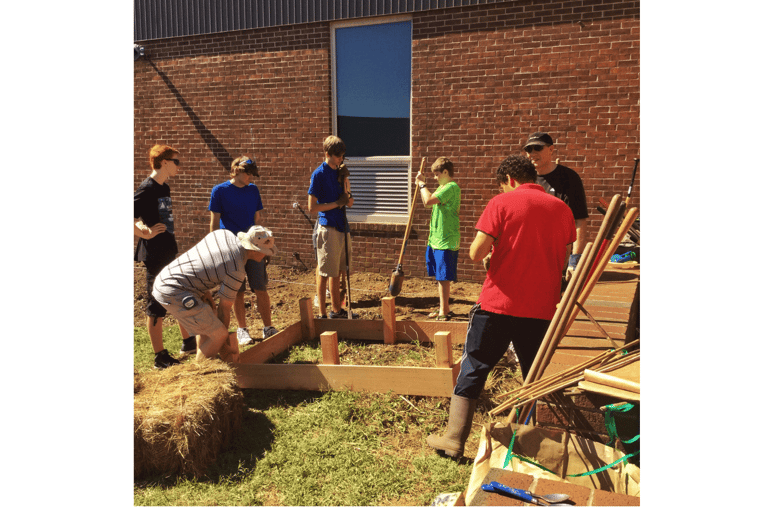Grow Your Own Food: 5 Compelling Reasons to Grow a Backyard Garden
Explore the benefits of growing your own food for better health, environmental sustainability, and saving money. Learn how organic gardening can help you reduce toxins, sequester carbon, and connect spiritually with nature. Join our Grow-It-Yourself program to get started today!
10/1/202415 min read
Why Grow Your Own Food?
5 Reasons to Grow a Garden
Disclaimer
This Grow Your Own Food article contains some affiliate links. The small commission we receive if you choose to purchase goes towards making this gardening education available for free! We do not affiliate for anything we do not personally use. Thanks so much for your support!
Click the video above for the audio/visual version

Why Grow Your Own Food
5 Reasons to Inspire You
If you have ever wondered if it's worth growing your food instead of buying it, this blog is dedicated to you. We understand the drawbacks. Growing food takes time. And it takes time to learn how to do it well. But before we talk about the cons, let's look at (5) five reasons to grow your own food:
Let's dig in!
1. Grow Your Own Food for Health Reasons
"You are what you eat.
And you are what your eat eats
And you're even what what what your eat eats eats,
It repeats. It repeats. It repeats. It repeats"
- "You Are What You Eat" by Formidable Vegetable
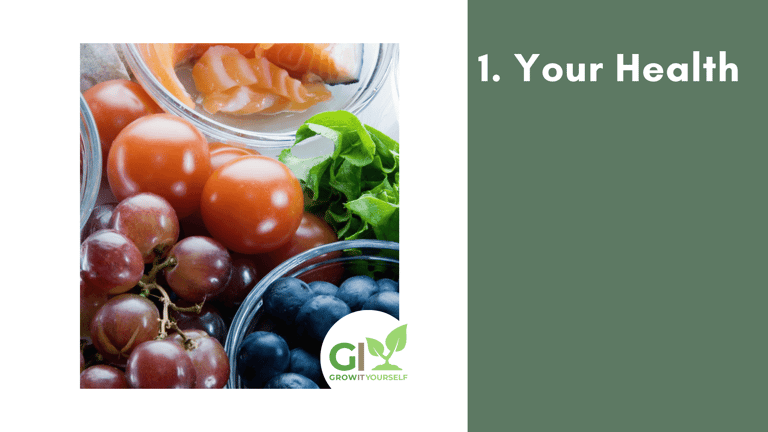

Ultimately, you eat food not just to survive, but to thrive. You can try to achieve optimum health through fitness routines, the right amount of sleep, and opting for a more holistic lifestyle. But all these practices may be nullified without you eating real, nutrient-dense food.
And that's the kind of food that money can't buy.
Fruits and vegetables are a major source of macronutrients such as fiber and micronutrients such as minerals and vitamins C, thiamin, riboflavin, B-6, niacin, folate, A, and E. Phytochemicals in fruits and vegetables, such as polyphenolics, carotenoids, and glucosinolates may also have nutritional value
In the study, "Maximizing the Nutritional Value of Fruits & Vegetables" from the University of California, Davis, author, Diane M. Barrett details the nutritional differences between refrigerated and processed foods vs. their freshly harvested counterparts. A nutritional example is found when comparing Vitamin C.
"Vitamin C degrades rapidly after harvest, and this degradation continues during storage. Vitamin C losses in vegetables stored at 4°C for 7 days range from 15% for green peas to 77% for green beans."
- Diane M. Barrett
But Vitamin C isn't the only nutrient lost in the storage and transportation of fruits and vegetables. Pretty much all the vitamins and minerals in fresh produce are gone over time. If you've ever eaten store-bought spinach and wondered why you're not full after consuming this supposed superfood, the degradation of its nutrients may well be the reason.
Food Nutrients Decrease over Time
Feel full for a longer amount of time
Growing your food means your freshly harvested backyard carrot is more nutrient-dense than a store-bought one. And that nutrition translates into you feeling fuller for a longer time.
The article "Why Nutrient-Dense is More Important than Calories" from a triathlon website states that:
"Nutrient-dense foods will make you feel fuller for longer. Many studies have shown that someone on a diet high in nutrients will consume fewer calories."
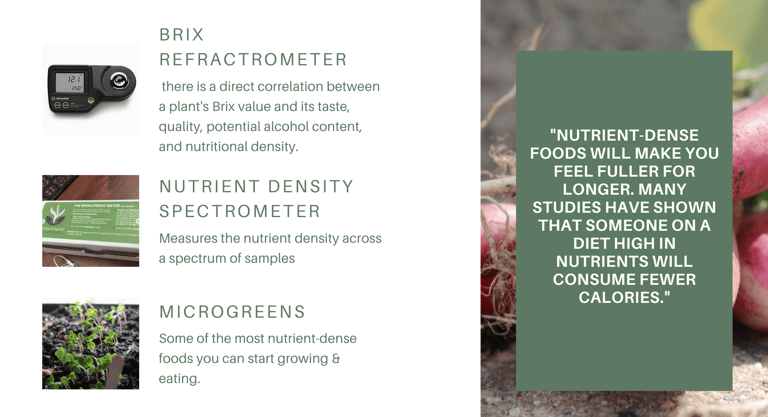

Growing Your Food Means You
Can Grow Organic
"The demand for organic foods is primarily driven by personal health and environmental reasons and the United States has seen organic food sales growth since 2000."
Organic foods are foods that are produced using methods that do not involve synthetic inputs such as pesticides and chemical fertilizers.
According to Statista.com, there has been a steady 4.5% increase in the demand for organic food in the US in the last decade.
But the fact that we can purchase organically labeled food from a store, does not necessarily mean that we know how pesticide-free or ethical the supply chain process was.
By growing your own you can vouch for the safety and lack of pesticides in your food. There is immense power not only to witness the entire lifecycle of the plant but to nurture that plant into an edible crop.
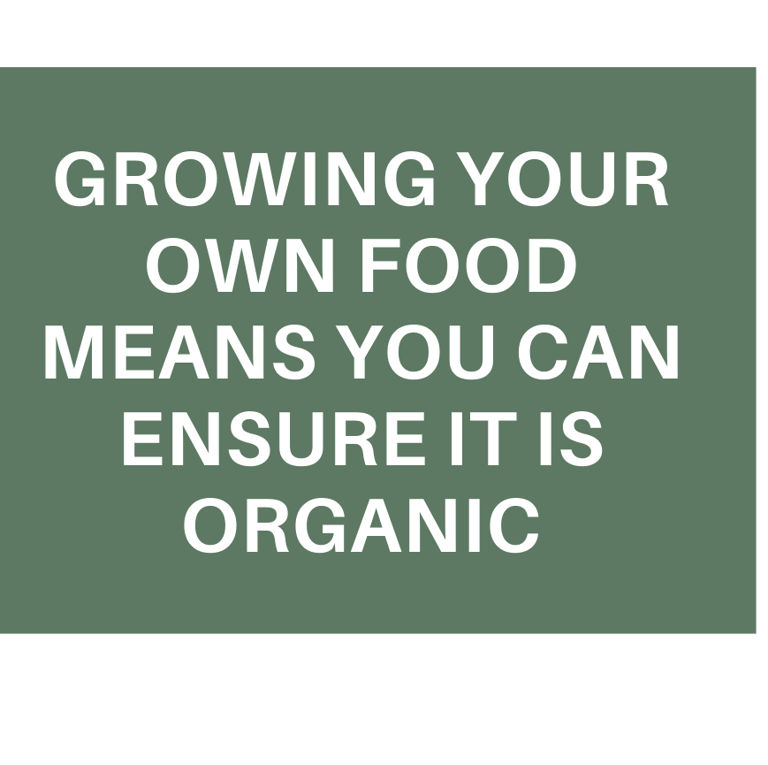

Why is it important to eat and grow organic food?
Numerous studies cite the detrimental health effects of pesticide-laden food.
Evidence supports the rise of human diseases alongside the use of pesticides.
Food grown conventionally with the use of chemical fertilizers has been shown to be responsible for:
Autoimmune Disorder
Source: Environmental Risk Factors for Autoimmune Diseases: Lessons from Epidemiological Studies
Summary: This study highlights how environmental pollutants, including pesticides, are associated with the development of autoimmune disorders like lupus and multiple sclerosis.
Citation: Parks, C.G., et al. (2014). Environmental Risk Factors for Autoimmune Diseases: Lessons from Epidemiological Studies. Toxicology and Applied Pharmacology, 275(2), 229-240. doi:10.1016/j.taap.2013.09.030Allergies
Source: Pesticide Exposure and Allergic Diseases: A Systematic Review
Summary: Exposure to pesticides has been linked to an increased risk of allergic conditions, including asthma, rhinitis, and skin allergies.
Citation: Karmaus, W., & Matsui, E.C. (2008). Pesticide Exposure and Allergic Diseases: A Systematic Review of the Literature. Current Opinion in Allergy and Clinical Immunology, 8(4), 333-338. doi:10.1097/ACI.0b013e3283053b73Cancer
Source: International Agency for Research on Cancer (IARC) Monograph on Glyphosate
Summary: Glyphosate, a commonly used herbicide, has been identified by the International Agency for Research on Cancer (IARC) as a likely human carcinogen, which has sparked concerns regarding its association with non-Hodgkin lymphoma. Another pesticide recently banned due to health risks is Dacthal. Look more at: Roundup linked to cancer.
Citation: IARC Working Group. (2015). Glyphosate Monograph. IARC Monographs on the Evaluation of Carcinogenic Risks to Humans, 112.
You can also find a resource on the dangers of glyphosate, a common component of chemical pesticides here.
Hence, by growing your food you can be sure that no toxins were used in your food production.
2. Growing Your Own Food for Environmental Reasons
The use of commercial pesticides and fertilizers has not only contributed negatively to human health but also to the destruction of the environment.
The chart below from Our World Data.org shows a dramatic increase in the agricultural land that grows using commercial pesticides.
The US Environmental Protection Agency reports that:
"As fertilizer prices declined in 2010, consumption rebounded to 20.8 million tons (USDA ERS, 2019c). Consumption continued to increase in each subsequent year, up to 23.2 million tons in 2014, and then decreased slightly to 22.0 million tons in 2015."
However, chemical fertilizers are not as efficient nor as effective in the long term as their organic counterparts.
When chemical nitrogen is applied to the soil, for instance, more than half is lost to leaching.
This study on the impact of chemical fertilizers on soil health shows that continuous use of these products results in the decline of organic matter in the soil. This in turn hardens the soil and reduces its soil fertility over time, contributing to soil erosion and loss of minerals.
In the short term, by using chemical fertilizers, you may get a bumper crop one year, but you will see the fertility of your agricultural field drop in the following years.
Environmental Destruction
"Constant use of chemical fertilizer can alter the pH of the soil, increase pests, acidification, and soil crust, which results in decreasing organic matter load, humus load, useful organisms, stunting plant growth, and even becoming responsible for the emission of greenhouse gases."
-Heena Nisar Pahalvi et. al, "Microbiota and Biofertilizers"
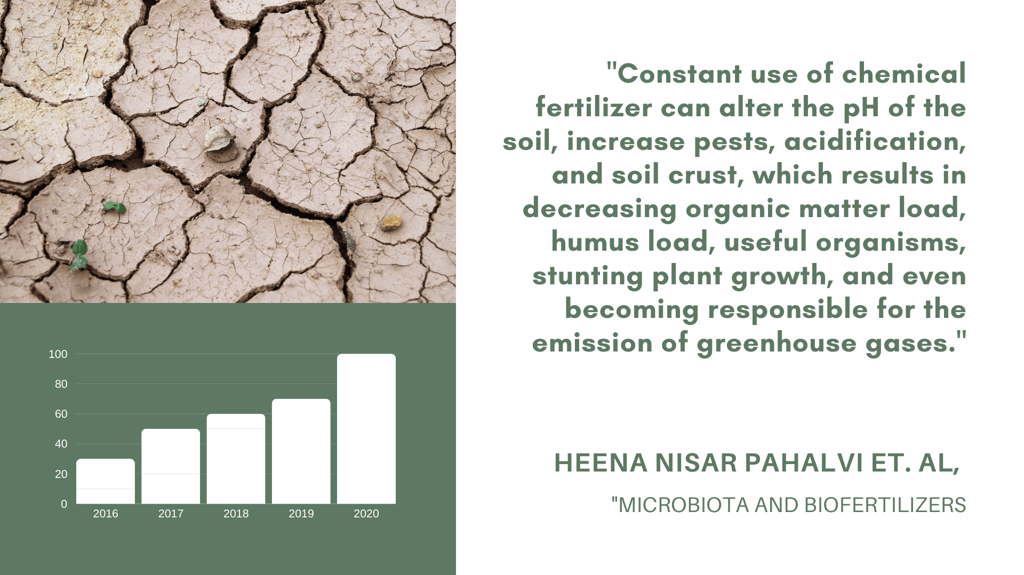

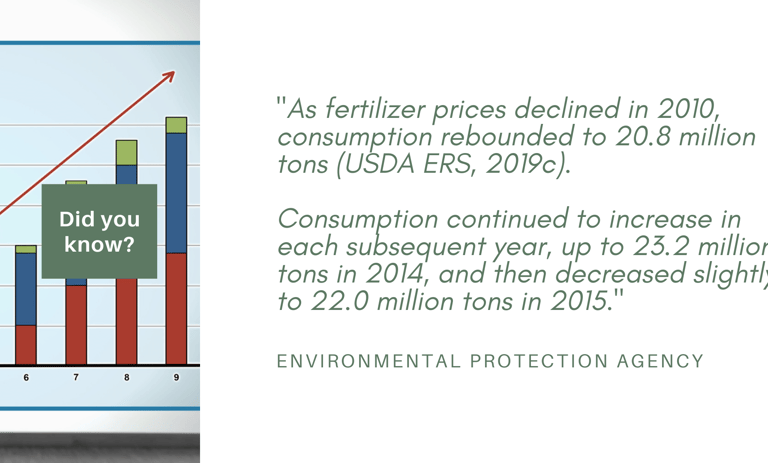

Water Contamination
Chemical Fertilizers and Pesticides affect not just the soil, but our waters.
Water is life. Life on earth began in waters and is sustained by water. However, the effects of chemical pesticides and fertilizers extend to our water ecosystems due to runoffs from agricultural farms.
The EPA reports that agricultural runoff is the leading cause of impaired water quality in the US.
This, in turn, affects the ecosystems in our lakes, rivers, and oceans.
"We know that some of these chemicals that we're finding in the runoff from the ag fields can affect [aquatic] reproduction and egg production," says USGS biologic Diana Papoulias
Because of water's molecular characteristics, water is crucial for the survival of life on earth.
Carbon Sequestration
Growing Your Own Food Helps Sequester and Reduce Carbon Emissions
The problem of climate change according to author and scholar, Eric Toensmeier must be addressed in a twofold manner.
In many ways, ecologically growing your own food, or what Toensmeier likes to refer to as "carbon farming" does both.
Growing Your Food Decreases Climate Emissions
Homegrown food reduces emissions as it eliminates the need to use fossil fuels to transport, package and preserve foods to our local grocery store.
We too don't need to get into our cars to make the trip to the groceries if we grow at home.
By growing food, we naturally go "zero-waste" and do not bring home the often plastic packaging that comes from the groceries.
Growing Your Food Increases Carbon Sequestration
Moreover, by growing our food we sequester the carbon from our surrounding atmosphere into plants. As our plants grow up they capture carbon in their roots in the soil below ground (belowground biomass) as well as the above-ground (aboveground biomass). The more backyard crops you grow, the more you can capture carbon into living plant tissues for growth and development.
HERE's an image of the carbon density captured by aboveground and belowground biomass
Carbon can also be captured in the way that we grow food. Composting, for instance, instead of throwing away or vegetative or food scraps is a powerful way to capture carbon from the atmosphere into fertile soil used to grow future gardens.
And carbon sequestration in a backyard garden or farm does not end in the process of composting but also in its application. This article from the UCLA, Institue of the Environment and Sustainability
states that
"When compost is applied, the soil’s health increases as microbes grow and become more plentiful. These microbes sequester carbon in the soil from photosynthesis."
"Rather than generating methane, the composting process converts organic material into stable soil carbon, while retaining water and nutrients of the original waste matter. The result is carbon sequestration as well as the production of a valuable fertilizer."
"If you imagine that climate change is like a sink in your house that's overflowing. The water coming out of the faucet is the emissions and the first that you do when your sink is overflowing is to turn off your faucet. That's reducing the emissions.
And then you come in and you mop up the water, that's carbon sequestration."
- Eric Toensmeier in an interview with Marc Buckley on Inside Ideas
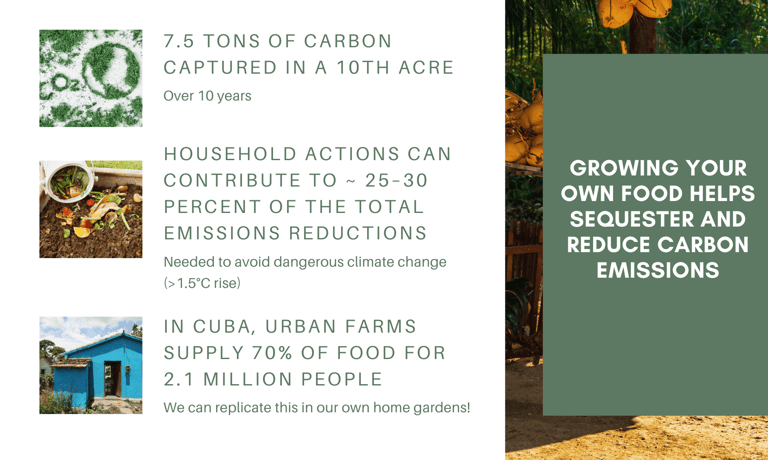

Carbon Emission Decrease
Homegrown food reduces emissions as it eliminates the need to use fossil fuels to transport, package and preserve foods to our local grocery store.
We too don't need to get into our cars to make the trip to the groceries if we grow at home.
By growing food, we naturally go "zero-waste" and do not bring home the often plastic packaging that comes from the groceries.
Backyard Impact on Climate Change
How Much Difference Does Your Tiny Backyard Make in Solving Climate Change?
Curious to know how much your growing your own organic backyard garden can affect the state of the overall carbon emissions?
You can find the answer in the work of Project Drawdown. Project Drawdown is an initiative whose mission is to help the world reach “Drawdown”— the point in the future when levels of greenhouse gases in the atmosphere stop climbing and start to steadily decline.
Drawdonwn's article on the Powerful Role of Household Actions in Solving Climate Change sums it up this way:
"The Drawdown Solutions analysis reveals that individual and household actions have the potential to produce roughly 25–30 percent of the total emissions reductions needed to avoid dangerous climate change (>1.5°C rise)."
Save Money
3. Grow Your Own Food for Economic Reasons
Saving Money from your at-home growing efforts comes in many other forms that cannot easily be calculated.
One example is your decreased medical expenses that come from eating a healthier, nutrient-dense diet and getting outdoors more.
Another is that you can opt to make your Christmas gifts rather than purchase them.
If saving the planet isn't enough reason for growing your food, how about keeping more money in your wallet?
A Consumer Reports article did a nationwide survey of organic produce and states that "the difference is often $1 or less per unit.
This may not seem a lot more to pay per item, but it cumulatively adds up the more fruits and veggies you buy. Herbs are particularly pricey to purchase compared to growing them yourself.
You also save money when you account for the fact that by growing your food, you are eating healthier food.
Make Money
Homegrown food allows you to even make money and create a new home economy. If you have an abundance of garden vegetables you can opt to sell your produce at local farmers' markets.
If you would rather not be at the farmers' market year-round, contacting your local farmers market vendors and talking directly to farmstands about them carrying your particular glut of zucchini or sunchokes is also a viable option.
This blog details how a farm wife got paid $80 one summer for her harvest simply by connecting with a produce stand.
One online site in Australia called, RipeNear.Me supports home grower economies.
Another way to make money when you grow your food is to sell your plants or seeds on places like Etsy.com.
Support Local Economies
Growing your food also makes you realize the importance of supporting smaller economies such as our local farms and businesses. Learning how to grow your food is much easier than you think, but it does require a lot of planning, effort, time, and care. Growing something yourself certainly brings with it an appreciation of the work of those who cultivate and raise or food for a living. And that appreciation, in turn, may inspire us to opt for supporting our local farmers rather than mega- corporations that create an unsustainable economy and ecology.
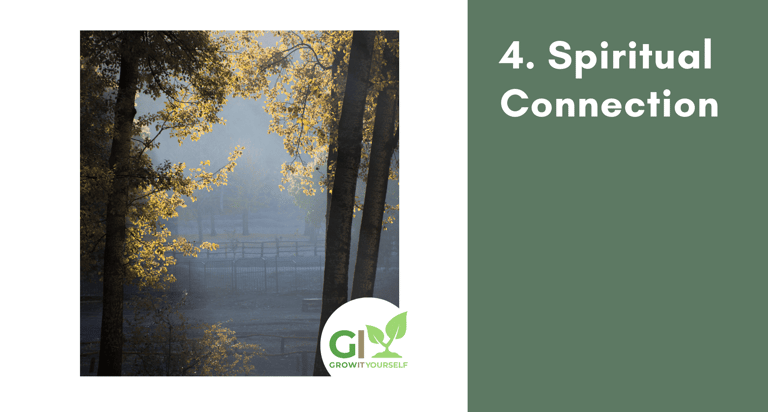

4. Grow Your Own Food for Spiritual Reasons
Awareness of a Creator through Patterns in Creation
The universe has a natural order. This is evident in the regularity of the seasons, and particularly, in the intricate patterns found in nature.
As a gardener, you experience the seasons more intimately when you notice that you cannot grow summer crops such as tomatoes, corn, and green beans in the cooler months.
You start to pay closer attention to details such as your first and last frost dates and even whether it is a full moon or not.
You may also notice how certain patterns such as branching patterns occur in very similar ways throughout nature. And that these patterns usually serve the purpose of transportation. They are visible in the venation of leaves, the branches, and roots of trees, the branching of our lungs, in blood vessels, in rivers and estuaries.
And these are yet branching patterns are not the only patterns that occur in nature.
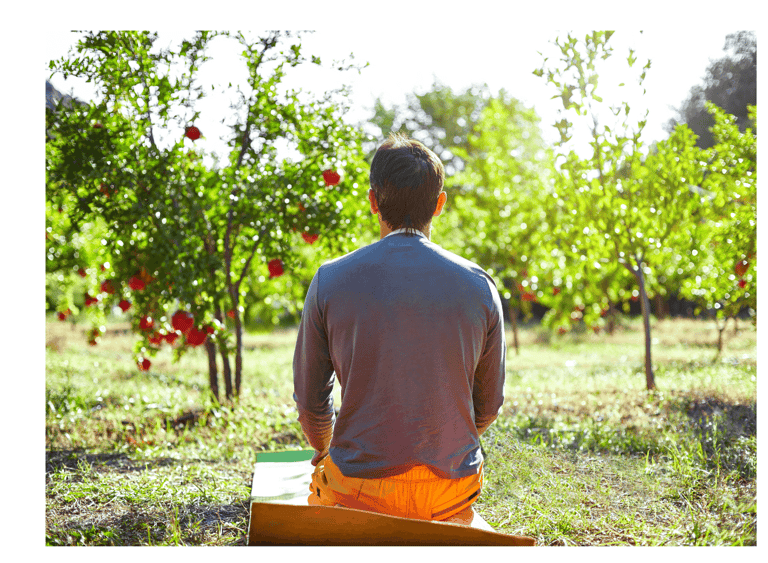

If you are observant and patient, you start to ask questions. Questions such as, "Where does this universal order come from?"
"Why is there an order in the first place?"
"What can I learn from these patterns?"
Ask many more questions or simply gaze in awe at the wonder of your backyard garden alone, and you will eventually come to experience a little bit of the spiritual. You may start to come to experience the fingerprint of the Creator in His creation.
Revel in the Diversity in the Plant World Alone
Growing food in a permaculture way, allows you to develop a profound respect for the infinite diversity of species in the flowers, fruits, medicinal herbs, and vegetables that we grow.
Commercial farms that grow a monoculture of species do not have this appreciation for diversity. And they impose this limited view of food available on their customers when they sell only one type of tomato, one type of cucumber.
A century ago, commercial seed houses offered 288 varieties of beets. By 1983 only (17) seventeen of those varieties were found in the National Center for Genetic Resources Preservation, a US government facility in Colorado.
When you grow your food at home, you will be amazed at the differences of varieties, out-of-this-world flavors, textures, smells in food all available at your fingertips.
Foster Gratitude for an Abundant Life
Another benefit to learning to grow food using permaculture is realizing how abundant nature is. Each sunflower you grow will yield (1) one to (2) two thousand seeds!
A quintessential symbol of abundance used in the Philippines is the many uses or yields of one coconut tree. The coconut tree yields the fruit, but also the coconut "milk" or juice used in flavoring many curries. The oil from the coconut is used in cooking and making lotions. Its bark is used as firewood and in homebuilding. Its leaves as thatched roofing for nipa huts. The husk of the coconut fruit is used for polishing wooden floors, and the coconut coir is used as a medium for growing food or even for starting fires.
The world is naturally abundant. But it is up to us to steward its resources responsibly.

Awareness of Help in Daily Life
The more you grow food the more you begin to feel supernatural assistance in not only your food supply but also in the various medicinal herbs that support us in times of need.
There are herbs in nature that are useful in putting us to sleep or calming us (chamomile, valerian, passionflower). These are sometimes called, "nervines" or "calmatives" by herbalists. Some herbs bring down fevers (feverfew, yarrow, elderflowers) called antipyretics.
Some roots like ginger, lessen nausea and vomiting.
The world of herbalism is indeed an ancient and often ignored field in today's culture of pills. But often these herbs yield better results than their chemical drug counterparts and have fewer side effects when used under the supervision of a registered herbalist.
5. Cultivate Human Culture through Agriculture
The fact that the word agriculture contains the word "culture" in it helps you understand how pivotal cultivating plants is to the enrichment of a greater human culture.
According to anthropologists, like Keirsten E. Snover, culture has several characteristics. It is learned, shared, symbolic, integrated, adaptive, and dynamic.
Gardening for food is not something we are born with. It's something we learn. In the past, we would have learned this naturally from our parents and grandparents as they handed down techniques used to tend their gardens. But nowadays, it is more common to learn growing from other gardeners on YouTube.
Growing food allows you to connect with the generations before us and those to come. It's always an exciting moment when you can see a child's expression as she picks her first carrot. This shared experience crosses race, politics, and even geography. We may grow different vegetables across the globe, but we can all still grow something to eat.
This allows you to share a similar experience with your granddaughter that you have only just met, or with someone from a completely different background in another part of the world who also grows their own food.
People in different parts of the world develop their own ways of growing. In Southeast Asia, rice is grown on terraced hills. Desert growing is much different than growing in a climate with regular rainfall.
Finally, the way that we grow our food is something that evolves into better (sometimes worse) techniques over time.
At one point, we thought that using carpet-bombed chemical fertilizers was the most effective way to grow food. And sadly, this was called the "green revolution."
Today there is a new wave of gardeners who are ready to ditch the chemicals and return to the way nature intended we grow food.
Humans are always learning.
Learning to grow your food is a skill, but is also an ongoing, lifetime process. True gardeners know that we never stop learning how to grow. The more you grow, the more you realize how little you know.
Your Turn: Challenge Your Gardening Excuses
Perhaps in the past, you have told yourself, that you have no time to grow food.
Amy Stross of Tenth Acre Farm in her book, "The Suburban MicroFarm," proposes that if you can grow food in as little as 15-minutes a day.
John Jeavons of Ecology Action estimates that you can do it in a mere 3-minutes a day.
So try swapping some of that online screen time for a little garden time.
r (sometimes worse) techniques over time.
At one point, we thought that using carpet-bombed chemical fertilizers was the most effective way to grow food. And sadly, this was called the "green revolution."
Today there is a new wave of gardeners who are ready to ditch the chemicals and return to the way nature intended we grow food.
Humans are always learning.
Learning to grow your food is a skill, but is also an ongoing, lifetime process. True gardeners know that we never stop learning how to grow. The more you grow, the more you realize how little you know.
Excuse #1. No Time to Grow Food
Excuse #2. No Money
Some members of our Grow-It-Yourself / GIY Program are growing food in balconies and on kitchen counters because that is all they have energy for.
The food you grow and eat will provide you with a little more energy than store-bought food.
Excuse #3. Don't Know How to Grow
If you don't know how to grow your own food, but want to learn little by little, please see some options for learning how to grow your own food below.
I WANT TO GROW MORE
Sign Up for a
Permaculture Garden Course
I AM A BEGINNER
I WANT MY DREAM GARDEN
Sign up for the
Grow-It-Yourself Program
Everything you need to start a garden
may be hidden in your pantry.
Take a self-paced, step-by-step garden course to help you grow right from seed to harvest.
Make Your Organic Food Garden A Reality with
a garden mentor
a community
an app &
a proven plan!
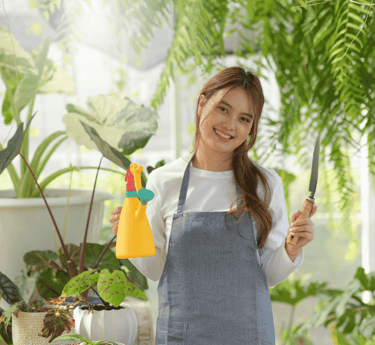

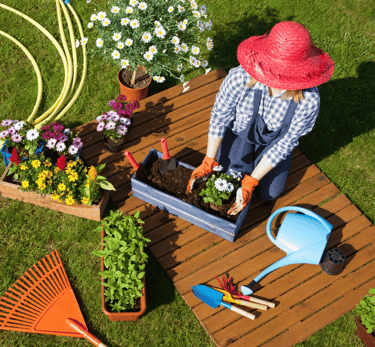



Choose one next step.
Which of the following are you?
Permaculture Gardens - your online resource for organic & sustainable gardens.
Contact
permaculturegardens@gmail.com
Bethany Farm
41558 Stumptown Rd.,
Leesburg, VA 20176
